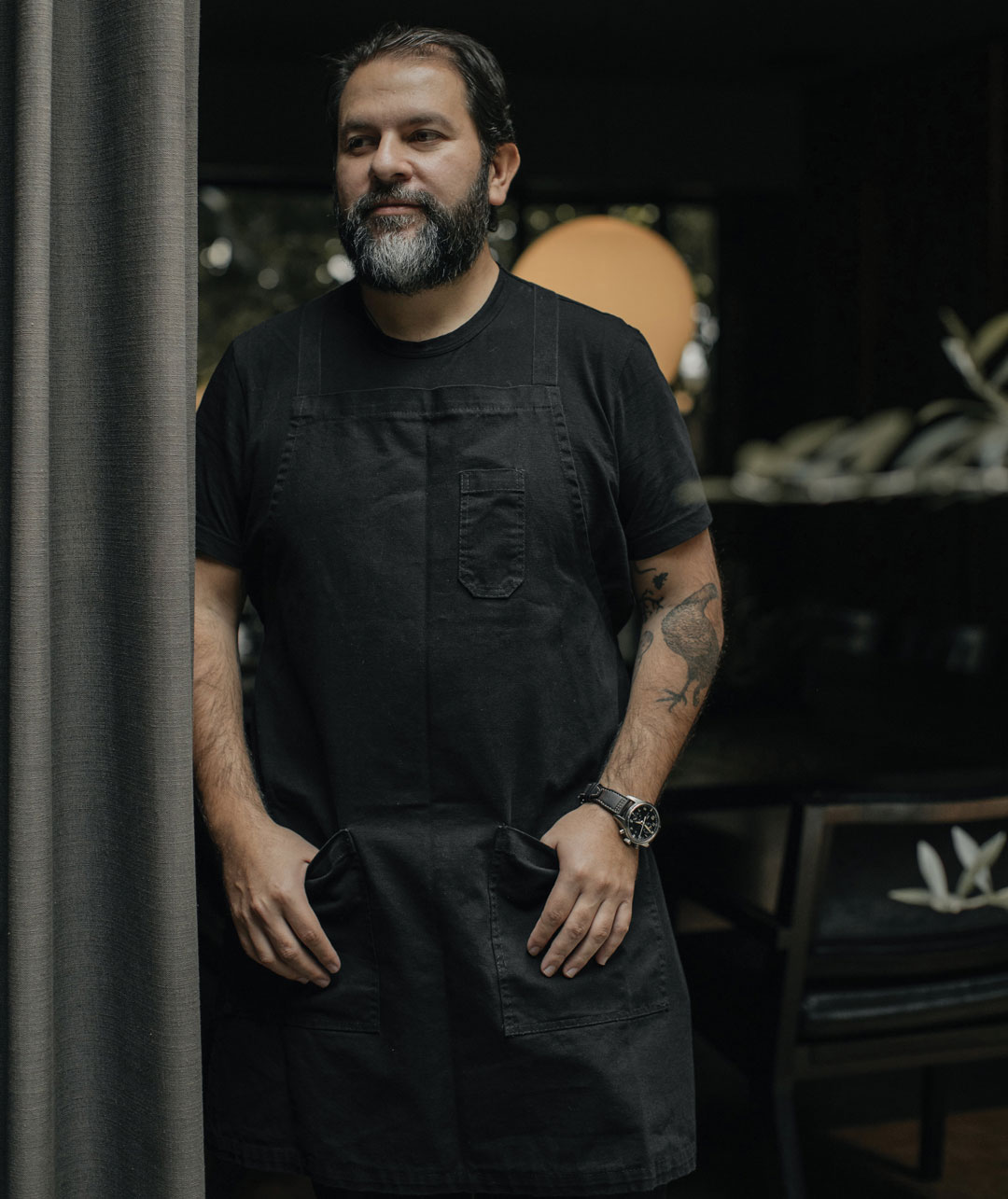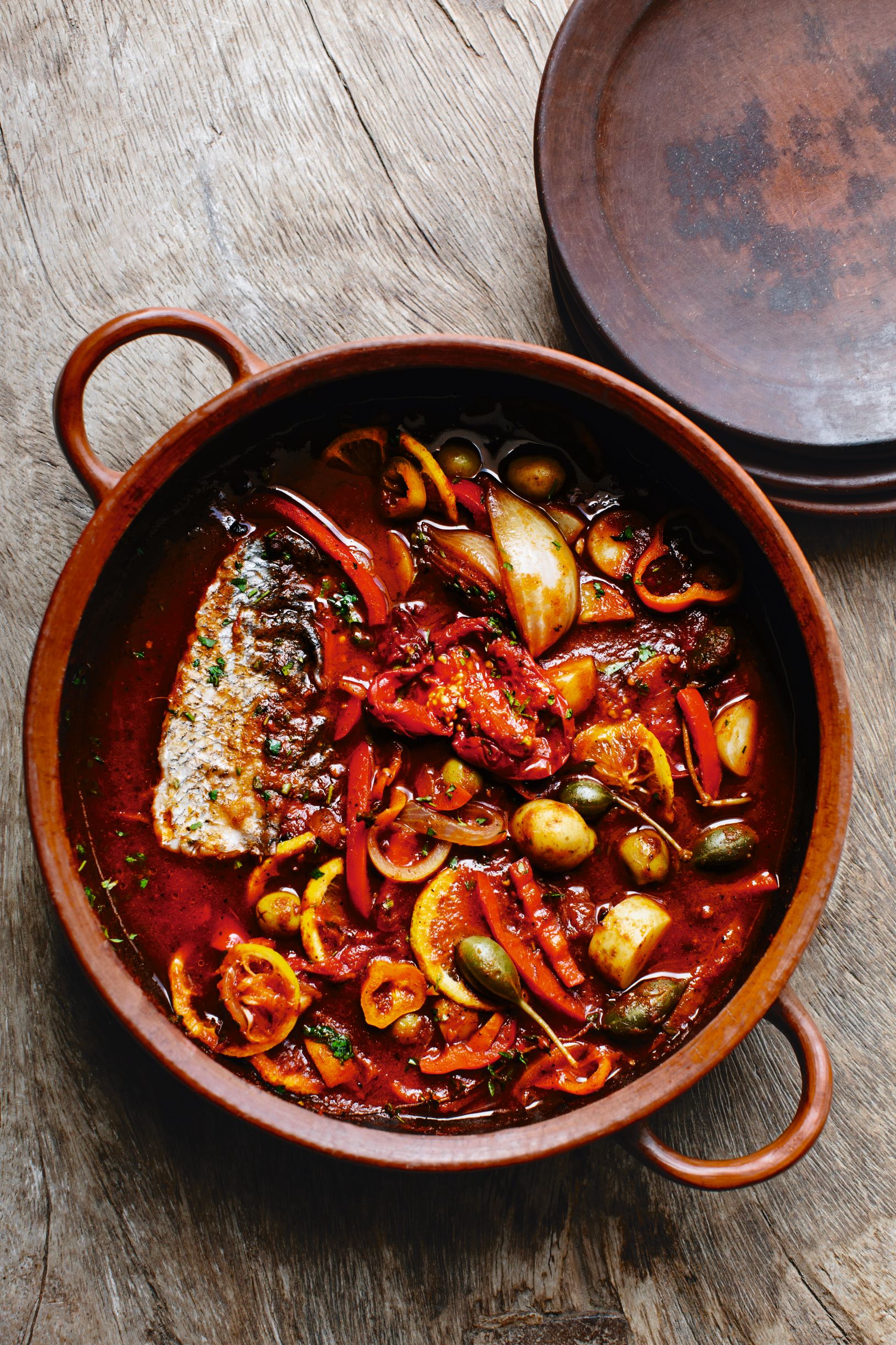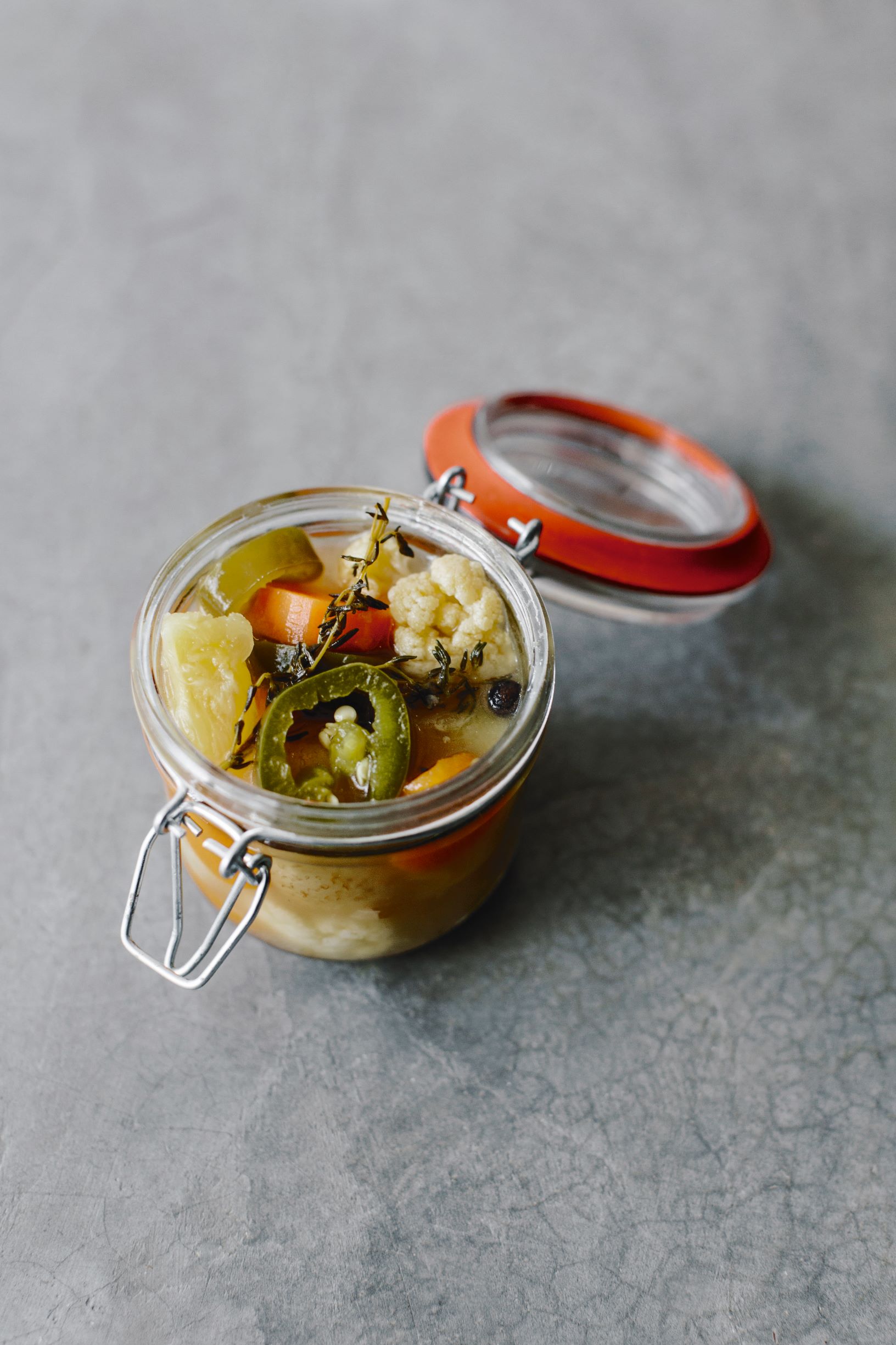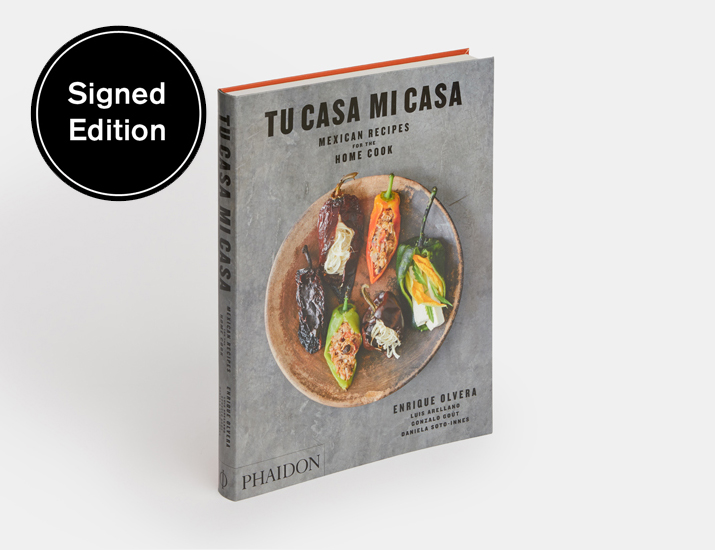
Phaidon introductions: Peter Meehan on Enrique Olvera
The LA Times’ food editor says Enrique believes the family that eats and cooks together eats and lives better
Peter Meehan has met his fair share of culinary stars, both while serving as editorial director of the US food magazine Lucky Peach and, more recently, as the Los Angeles Times’ food editor. But when they met something distinguished the Mexican chef from your usual pro kitchen A-lister. Here’s how Meehan puts it in the introduction to Enrique Olvera’s new cookbook Tu Casa Mi Casa: Mexican Recipes for the Home Cook.

“We had probably been in the same room before. But I actually met Enrique Olvera for the first time when I showed up at his just relocated and about-to-reopen restaurant Pujol, in Mexico City, to film a scene for a TV show.
“There is a jittery disjointed feel to the hurry-up-and-wait timeline of TV-making and a pent-up pregame inertia to a restaurant opening. The mix could have been toxic. Instead, Enrique and his team were welcoming and easy-going, and they took time to explain things that I probably should have known walking in. They obliged requests for off-camera samples of Pujol’s famous mole madre and served the entire crew glasses of mezcals made from wild agaves during a lull in the shoot. When we’d finished and were scrambling to disappear, to stop taking up space, Enrique more or less told everybody to sit down and have a drink, to pay a little attention to the beauty of the late afternoon shadows in this never-eaten-in space, and to chill. 'Relax,' he instructed us. 'You’re in Mexico.' He was being sincere. He said it with gravitas and warmth.
“Enrique wanted us to honour the reality of where we were by breathing it in, by slowing down and paying attention. To maybe inhale a little of the centuries of histories that collided and intertwined to make the place, Mexico City, and its cuisine. To acknowledge this moment in time, which led him to open a taco tasting-menu bar and for us to fly hundreds of miles to point our cameras at it. But he didn’t spell it out in the dorky, didactic way that I just did: he talked about how the about-to-open restaurant would be calm in the afternoons and 'sexy' at night.

“Many of the 'best in the world' chefs are extremely good at narrative. They talk in a cadence that will eventually be codified as some sort of cheftambic pentameter, a paragon of low-key self-glorification, that will be taught in courses about success in culinary schools. While Enrique is ardently engaged in the act of storifying his cooking in books and periodicals and conferences, this is not him. He leaves things unsaid, leaves unnecessary things out of the frame - or off the plate. Because at some point, he figured out that sitting in the afternoon and appreciating the shadows was important, too. Important to his trajectory, his success, his story, and the perception of his cooking.
“When I pressed Enrique on the point, it seemed like opening his first New York restaurant, Cosme, was the turning point for him. That was when his knuckles weren’t so white gripping the steering wheel. His journey - including the Culinary Institute of America and opening his own restaurant at twenty-four, which would become recognized as one of the best in the world - then entered a new phase. He came, he saw, he conquered. This was when he realized that as good as it is to be the Guy Who Can Do Everything, you can be plenty successful and maybe a little bit happier if you gather a group round the table and share what it holds.

“The principle at work here - working between these covers and across North America, as Olvera continues to expand his empire - is that the family that eats together and cooks together eats better and lives better. This is the benefit of a big extended Mexican family, the kind he writes about in Food for Sharing, focused on foods for a birthday party or a Sunday afternoon when all the cousins are coming over. The Mexican-ness of the ideas behind Olvera’s - and his partners’ - cooking is primary. And that is why this is a book about Mexican cooking, about the foundation of what they do, rather than one that showcases all the exquisite little things they do to food at their restaurants.
“This is the wellspring of their outlook on food, these are the foods they make for themselves and their loved ones, shared in recipes that you (and I) can and will make. Mexican eating has set rhythms, lilting and loose as they often are, that give shape to the reality of the cuisine. This book celebrates the recipes with the accompanying stories: that esquites are what’s eaten in a Mexican town plaza; the churrería is next to the park (because of course people want churros when walking in a park); beer is for drinking with a bowl of chilaquiles when you’re hungover. (I mentioned a hangover to a waiter in Mexico City and he brought me a beer, unrequested, before my chilaquiles were even ready.)

“The rules of the Mexican home cooking cuisine, such as they are, come in the same camouflage: grandmotherly admonitions and nudges to do better. You will not make it through these pages with the feeling that an epazote-less kitchen is an acceptable place to be putting together dinner. To explain the primacy of salsa-making, Enrique writes, “People might not remember if the chicken was properly cooked, but they will most certainly remember the salsa it was cooked in.” His grandma’s line that blenders make sauces “taste like electricity” will haunt you, even if you can’t prove it in a blind taste test.
“In these pages, what seems like a well-put-together folio of Mexican dishes you know (and others you’d like to) is a covert look at the blueprint for Enrique’s success, at its underlying truths. There’s a simplicity to these recipes that can inspire: what’s left out here is as intentional as what’s included. I am excited to spend more time with this book because as I return to it, I learn more each time - but always in passing, always casually, always like I’m across the table from Enrique himself. Relax, he’d probably advise you, and it’s good advice. And then it’s time to head to the kitchen.”

To find out what you should make when you end up in that kitchen, order a copy of Tu Casa Mi Casa: Mexican Recipes for the Home Cook here.